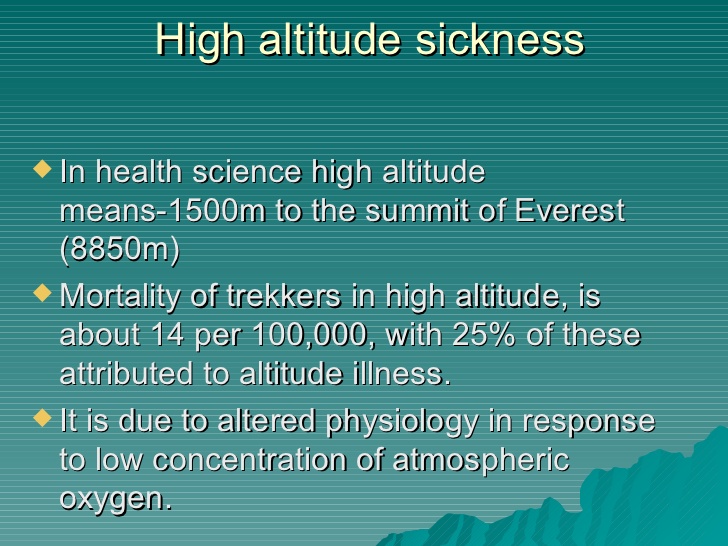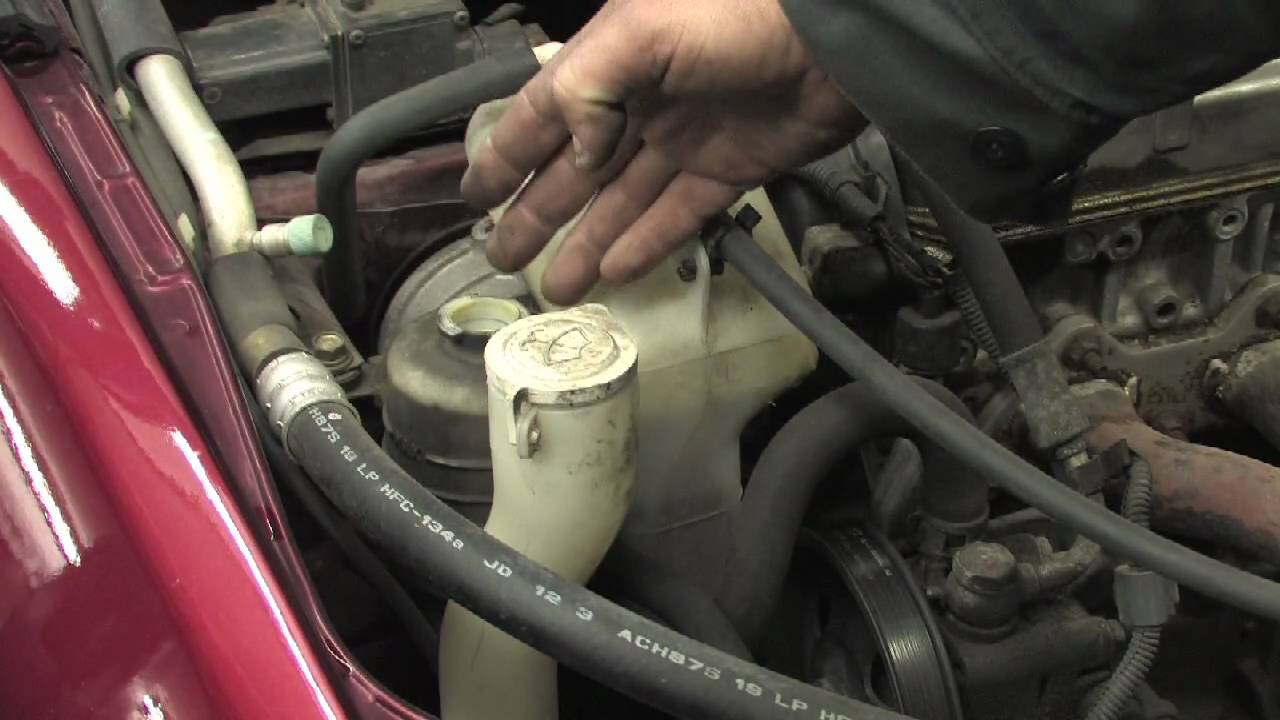Although it can be very enjoyable and therapeutic to take a trip driving through the mountains at high altitude . . . not to mention the incredible views . . . there are one or two things you need to remember. The altitude has an enormous effect on the way that an engine produces its power; it’s all down to the amount of oxygen which is present in the air (or more accurately, the lack of it). Just as people and animals can suffer from altitude sickness, so can anything with an engine. This means cars, snow-blowers, motorcycles, model planes . . . basically everything which relies upon a motor for its power.
If you were to drive to incredibly high altitudes it could stop all motors from working completely, but in most cases all it takes is a quick tune-up and a little bit of preparation to have your motor running as sweetly as it does at lower altitudes.
Some cars can cope with different altitudes better than others, and it may be that you hardly notice any difference in the performance of the engine at all. Small altitude changes will probably not affect performance at all . . . well, not so that you notice, but if you drive from say 6,000 feet to more than 12,000 feet in a short space of time then you will probably notice a large difference in performance.
If you will be driving through high altitudes on vacation it could help to use something like a superior quality gasoline or some sort of octane booster. You may also need to run a quantity of fuel injection cleaner through the system once you return to more normal altitudes. This will help to clean out any residue which may have been causing your engine to run less efficiently.
Driving in high altitudes may create other problems too. When driving it is usually quite a gradual process as you get higher and higher which gives the body plenty of time to adjust to the reduced amount of oxygen in the air, but this could make the driver or passengers suffer with some signs of altitude sickness.
Higher altitudes generally also mean increased wind and cooler temperatures. Make sure that your power steering is nice and tight and that there is no looseness in the front end of the suspension. All of this can make a big difference to handling in extreme winds.
Using lighter motor oil can also help when driving in severe cold weather. This will not thicken up quite so much when the temperatures plummet. It may even be necessary to use engine heaters during the most severe conditions.
Make sure that all of the fluids are topped up in your car for the maximum efficiency and drivability. This includes power steering fluid and clutch fluid – it can become difficult if not impossible to shift gears in extreme cold temperatures. You must also remember to have good quality anti-freeze in the radiator and the windshield washing fluid.
If your car is well maintained then it should not cause too many problems but cars with “niggles” will be magnified if you try to drive at high altitudes than when you are at lower, warmer locations.
At Nissan Corona they’ve got a great range of motors which will behave perfectly on a high altitude road trip. If you are heading up higher and higher on your vacation don’t be put off but do bear in mind these tips. If your car isn’t up to it then take a look at http://metronissanredlands.com, they’ve got plenty to choose from.


